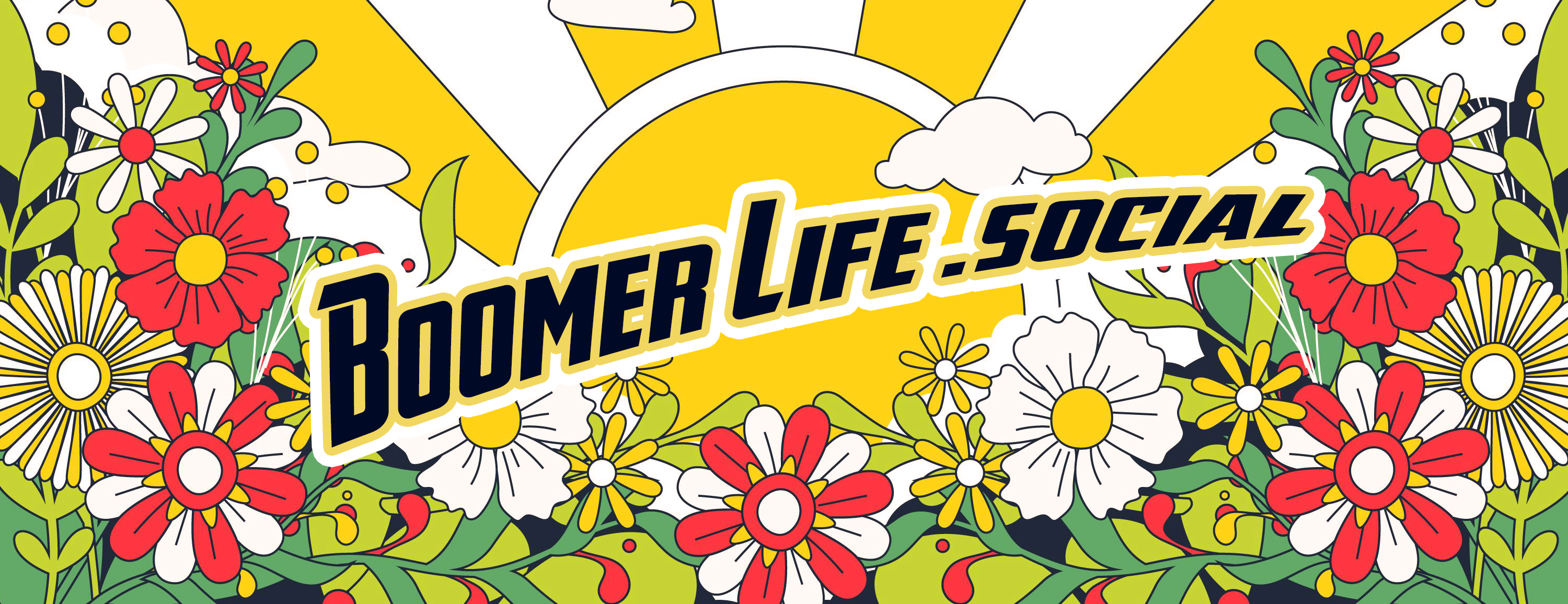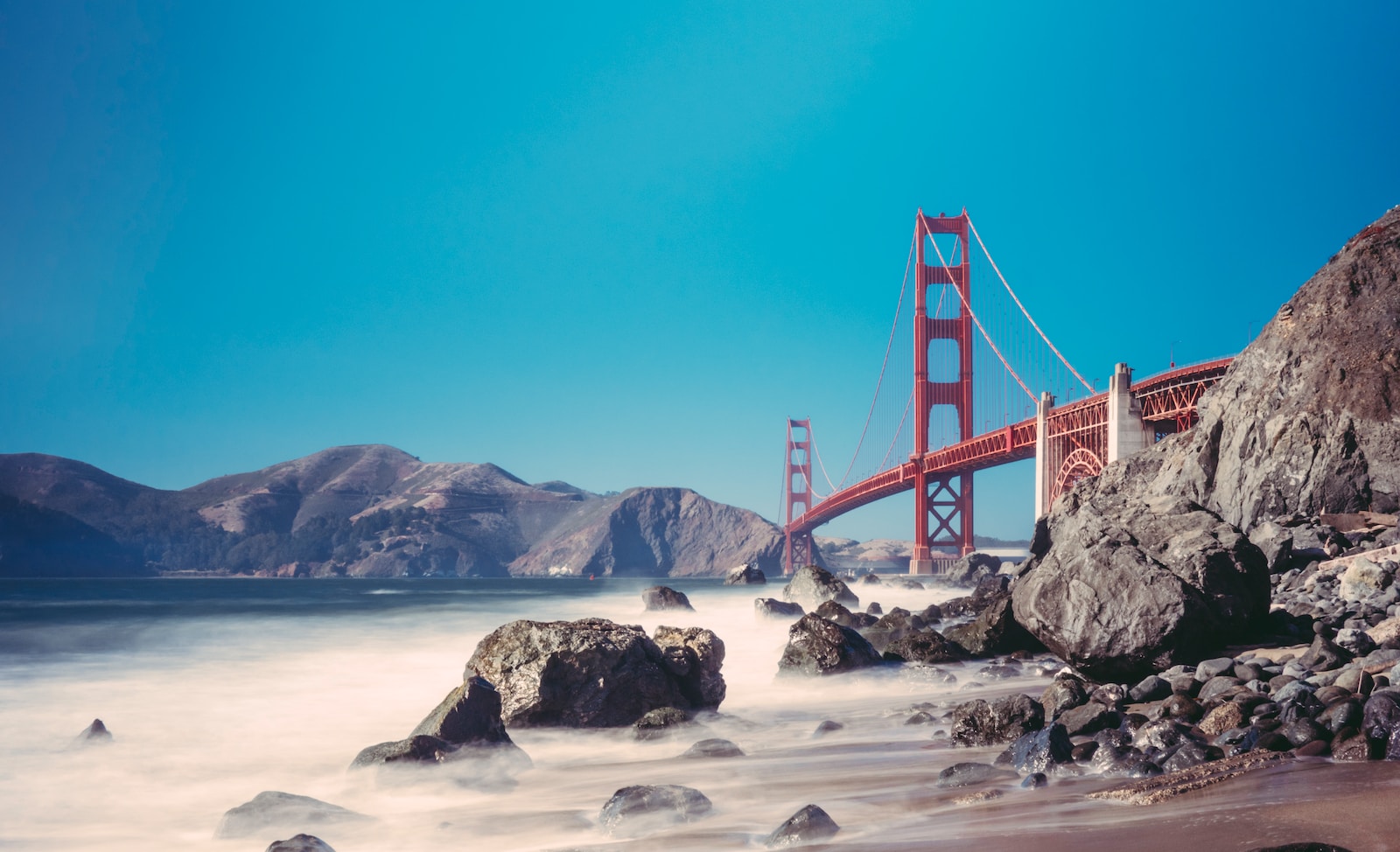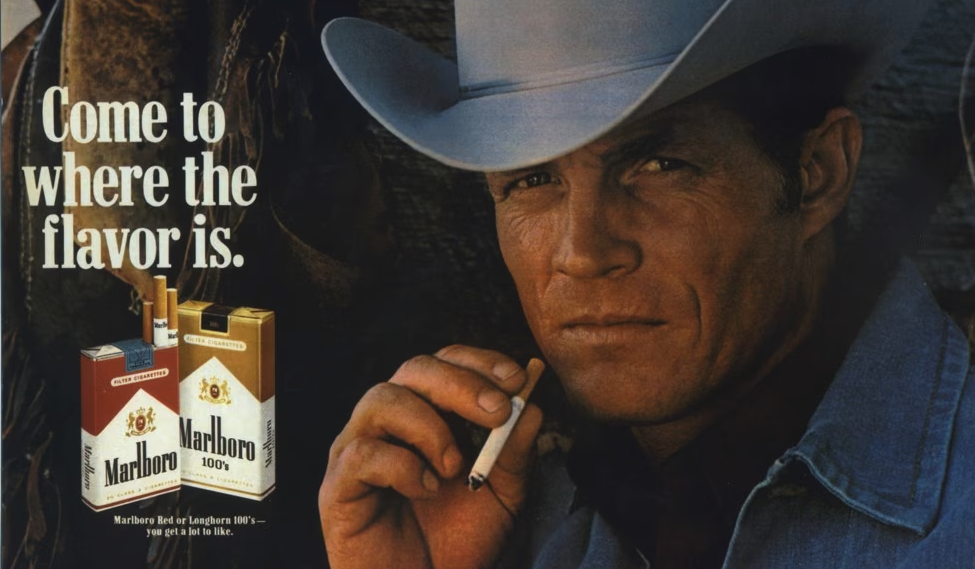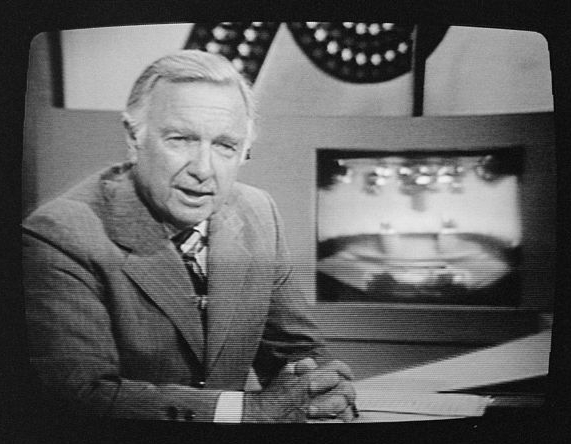Share this article with your network of friends!
For seniors who lived through the transformative era of the 1960s and 70s, San Francisco holds a special place in their memories. The city’s vibrant neighborhoods, cultural diversity, and open-minded spirit made it the epicenter of the counterculture movement. In this article, we revisit San Francisco’s role in shaping the counterculture movement, its impact on American society, and the enduring legacy of this influential period.
The Beat Generation and the Seeds of Change
San Francisco’s counterculture movement had its roots in the Beat Generation of the 1950s, a group of writers and artists who rejected mainstream values and sought alternative forms of expression. Led by writers such as Allen Ginsberg, Jack Kerouac, and Lawrence Ferlinghetti, the Beats paved the way for a new wave of social and cultural change.
By the 1960s, San Francisco had become a magnet for artists, musicians, and free-thinkers seeking a different way of life. The city’s bohemian neighborhoods, such as North Beach and the Haight-Ashbury district, became hotspots for creative expression and social experimentation.
The Summer of Love – 1967
In the summer of 1967, San Francisco became synonymous with the counterculture movement when it hosted the famous “Summer of Love.” Tens of thousands of young people flocked to the city to embrace the values of peace, love, and freedom. The Haight-Ashbury district, in particular, became the focal point of this cultural phenomenon.
During the Summer of Love, artists, musicians, and activists gathered in Golden Gate Park for free concerts and gatherings, celebrating the spirit of unity and social change. Psychedelic rock bands, such as Jefferson Airplane and the Grateful Dead, provided the soundtrack for this transformative era.
The Flower Children and Hippie Culture
The counterculture movement in San Francisco was often associated with the “flower children” and the rise of hippie culture. The term “hippie” referred to young people who embraced a lifestyle of peace, love, and non-conformity. They rejected the materialism and consumerism of mainstream society, advocating for social justice, environmental awareness, and communal living.
The hippie movement’s iconic symbols, such as tie-dye clothing, peace signs, and flower power, became emblematic of the counterculture’s values and aesthetics.
The Impact on American Society
San Francisco’s counterculture movement had a profound impact on American society. It challenged traditional values, norms, and institutions, sparking conversations about civil rights, gender equality, and individual freedoms.
The anti-war movement, fueled by opposition to the Vietnam War, gained momentum in San Francisco, with protests and demonstrations drawing national attention. The city became a hub for activism and social change, inspiring similar movements across the country.
Legacy and Enduring Influence
Though the counterculture movement of the 1960s and 70s eventually waned, its legacy endures in the collective memory of a generation that sought to challenge the status quo and envision a more inclusive and compassionate society.
San Francisco remains a symbol of the counterculture era, with its progressive values, artistic spirit, and commitment to social justice. The city’s influence on American culture can still be seen today in various art forms, fashion trends, and political activism.
Conclusion
For seniors who experienced the counterculture movement firsthand, San Francisco holds a special place in their hearts. The city’s role as the epicenter of the counterculture movement of the 1960s and 70s represents a transformative period in American history.
As we look back on this influential era, may we remember the spirit of unity, social change, and creative expression that characterized San Francisco’s counterculture movement. Its impact on American society and its enduring legacy continue to inspire generations to embrace the values of peace, love, and freedom, making San Francisco a timeless symbol of cultural revolution and social transformation.
DISCLAIMER: This website contains articles for informational and entertainment purposes only. No articles on this website should be considered as professional advice for any medical, legal, or financial matter. Advertisements and content may contain affiliate links, where the website earns a commission for sales derived from our users.






My favorite city. Well it used to be. I hear its really horrible now.